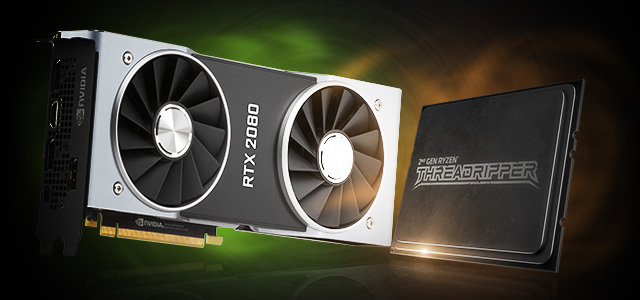
For a lot of people, the internal components of a computer may seem foreign or unimportant. If you are the type of person that buys their computers from retail locations, you may see the specifications on the side of the box and not really care what is actually inside.
Knowing the parts of a computer can help you make informed purchasing decisions.
Computer Parts
Desktop and laptop computer can typically be broken down into 6 basic parts or categories.
Processor (CPU)
The CPU or Central Processing Unit can be thought of as the brain of the computer. A CPU is responsible for handling most of the computational work done by your computer.
The CPU’s found in custom or pre-built desktop and laptop computers will typically be made by either Intel or AMD. CPU’s come in a variety of core counts and clock speeds.
- Laptops, tablets and budget desktop machines may run on low cost dual or quad core CPU’s.
- Current gaming PC’s typically have 4-8 core CPU’s capable at running at higher clock speeds
- Workstation and server PC’s typically use 8-32 core CPU’s
Think of each core as a hand. The more hands you have, the more work you can do. Think of the clock speed as how quickly you can move your hands.
Motherboard
A computers motherboard can be thought of as its heart or spine. The motherboard connects all the system components to each other, allowing each part to work together. Motherboards come in a variety of sizes depending on the needs and size of your system.
Memory (RAM)
RAM or Random Access Memory hold temporary files that a computer needs to run its operating system or support running programs.
Memory typically comes in sets of 2 or 4, with each stick containing half of the specified storage amount. Similar to CPU’s, RAM comes with various speed and timing ratings. For maximum performance look for a high clock speed, and low timing numbers.
The type of RAM a PC can run is limited to what is supported by the systems motherboard.
Storage (HDD, SSD)
Storage is another very important PC component. Your Hard Drive (HDD or SSD) is where you store your operating system, programs, and files.
The most common types of storage are Solid State Disks (SSD’s) and Hard Disk Drives (HDD). While newer and more expensive, SSD’s offer significant performance improvements over HDD’s.
Graphics Card (GPU)
A graphics card does exactly what its name implies. It renders and outputs all system images or graphics. While some CPU’s have built in on board graphics, add on GPU’s can offer huge performance improvements and are considered a must for intensive gaming or rendering machines.
Power Supply (PSU)
Power supplies provide computer components with the power they need. PSU’s come in a variety of sizes, and wattage ratings. Feeding your PC its required wattage from a quality PSU can help with system stability and component life.
You should now have a generally understanding of computer parts. Having an in-depth knowledge of PC parts can help you make informed purchasing decisions.